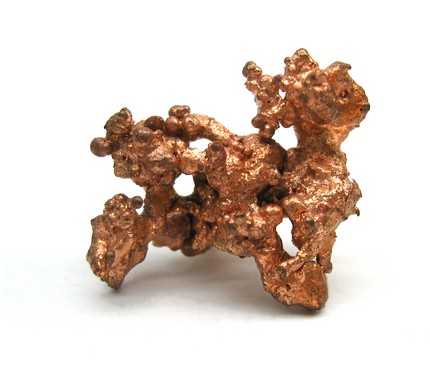2
2009
Who Discovered Hydrogen
Hydrogen is found all throughout the universe. It is very flammable and is also found in most life forms, especially plants. We consume daily doses of hydrogen through water and food. Who discovered hydrogen T. Von Hohenheim is widely credited as the discoverer of hydrogen gas (H2) in the 15th century. Von Hohenheim accidentally discovered hydrogen by mixing acids and metals. He did not know for sure that the two would produce a new chemical […]
2
2009
Who Discovered Influenza
You can take influenza, literally. It came from an Italian word meaning influence. Influenza is very infectious. It infects mammals, birds, and humans. The influenza virus is spread through air and any form of body contact. The earliest records of Influenza symptoms This viral disease is as old as human evolution. The most believable account of how it began is the theory that it must have occurred when humans started owning animals. Hence, the animal […]
2
2009
Who Discovered Leukemia
Leukemia is one of the most feared diseases today. The mere mention of it could cause some people to faint. You see, leukemia is another word for blood cancer. It is a sickness in which mutated blood cells increase and damage other healthy cells. In the process the “mutant” white blood cells seize the red blood cells. It results in oxygen shortage throughout the body. In a serious stage, this later results in multiple organ […]
2
2009
Who Discovered Iron
There is evidence that we have been using iron for the last 5000 years. Iron is found anywhere in the planet. It is also the cheapest metal. Iron comes from minerals called hematite and magnetite. Iron can also be found in other minerals such as taconite, siderite, and limonite. Where did iron come from It is widely believed iron came into the Earth along with meteors. The meteor-borne iron contained about 8% nickel. Evidence of […]
2
2009
Who Discovered Jupiter
Planet Jupiter has been very popular since the olden times. It is very visible to the naked eye because of its gigantic size. The Romans named the planet after Jupiter or Jove, the god of lightning. Jupiter’s symbol is a lightning bolt. Jupiter in the East and West In Asia, the Chinese, Japanese, Korean, and Vietnamese refer to Jupiter as the wood star. This belief is based on the Chinese Five Elements. In the Vedas […]
2
2009
Who Discovered Magnesium
Magnesium is a hard, silvery-white metallic element that burns into a white flare when set fire. Magnesium is used in making alloys, firecrackers, flash photography, and even bombs. The element got its name from a Greek region called Magnesia. Magnesium is an alkaline Earth metal that belongs to the Group 2 elements in the Periodic Table. Rocks contain the richest source of magnesium in nature. Discoverers of Magnesium Joseph Black of Scotland discovered magnesium in […]
2
2009
Who Discovered Constellation Pegasus
Pegasus is the ever popular white-winged horse that has appeared in most fantasy movies. You can say the same about the constellation. Pegasus is a breath-taking sight in the night sky at the end of summer. The horse-shaped star can be seen all through autumn if you live in Northern Europe. Residents below the Equator can see Pegasus from Winter to Spring. But do not expect to see a horse right away. Pegasus is shy, […]
2
2009
Who Discovered Copper
Copper is naturally found in the soil. It is usually found together with sulfur. Copper metal is made by mining ores and refining them into copper cathode. In its pure form copper appears with a shade of pink and orange Copper’s atomic symbol is Cu. Earliest discoverers of Copper Copper is considered a prehistoric metal. There is evidence copper was used by the ancient people in the Americas as early as 1, 000 BC. In […]
2
2009
Who Discovered Constellation Taurus
The Mesopotamians were the first to call the bull constellation as Gud Anna. It meant “Bull of Heaven.” Ancient bull images are also found in Spain and France. These images were made of bone, stone, and clay. On the other hand, Babylonian astronomers believed Taurus was one of the oldest constellations in the sky. In the early Bronze and Chalcolithic Age, Taurus signaled the point of vernal equinox. During the vernal equinox of the 23rd […]
2
2009
Who Discovered Big Dipper
Big Dipper, or Ursa major, is the 3rd largest constellation. It is easy to spot the Big dipper because it is the only constellation that never sets into the horizon. In England the Big Dipper is known as the Plough. Within Big Dipper you can see other star patterns Earliest sightings of Big Dipper The Big Dipper was mentioned quite extensively in ancient Hindu Astronomy. It was called Sapta Rishi, which meant “The Seven Sages.” […]


 An article by
An article by 








